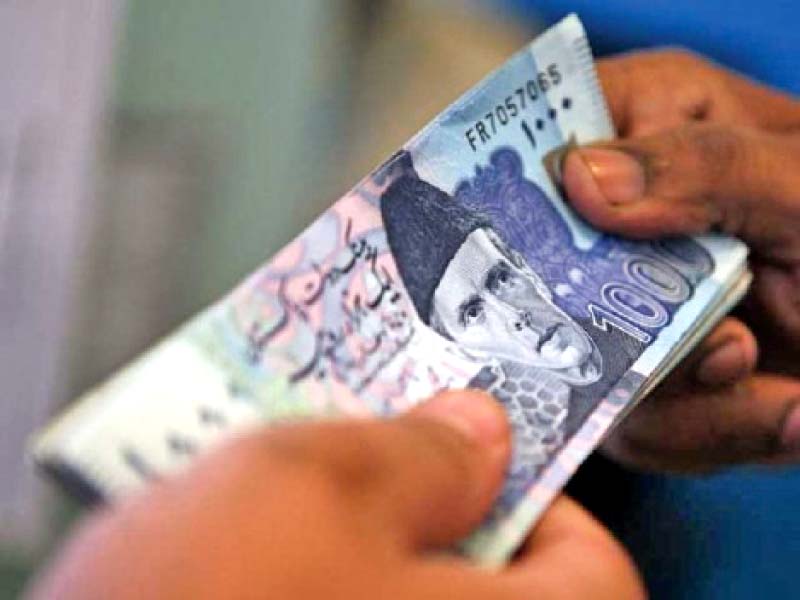Spinning Pakistan’s economic narrative
Context and benchmarks are crucial in understanding any storyKARACHI:
They say there are two sides to every story – yours and theirs. To truly understand it, however, there must be a third. Over the course of history, several people have reminded us of this complication, and it is an apt time that we pay attention to it.
Pakistan is a young country, still in the development phase, and home to a bulging young population that greatly outnumbers those who have been around the block. In terms of numbers, almost half is below the age of 25 – with impressionable minds, eager to take on the world, but cruelly under-equipped to deal with the evils around them. To make matters worse, they are surrounded by agenda-pushing adults who have spent years weaving a narrative, and cementing it as they reach the latter parts of their life.
In such a situation, surrounded by an increasingly polarised world, it is dangerous to create an ‘us versus them’ narrative. But if you can spin it well, it can do wonders for a political party.
When it comes to economic matters, the situation is as polarised as you can imagine for a simple reason. It is based on data – that too, based on short time periods where slight variations can be spun into a beautifully-crafted narrative by either side. Numbers aren’t easy to manipulate, but the narratives around them are.
Take for example, Pakistan’s export numbers for November. There has definitely been an increase – both in terms of month-on-month as well as year-on-year comparisons. The government should celebrate it. But imports have increased as well. The opposition can point this out, and argue that the trade deficit – gap between exports and imports – has widened. The government can then cite Covid-19. In turn, the opposition can argue that a shameful 50% depreciation in the rupee has not allowed for exports to rise at an equally honourable rate.
One can spin data, especially at such a macro level, and weave, craft, bend narratives in whatever shape or form.
The Pakistan Muslim League-Nawaz (PML-N) government also cited that it inherited a broken economy, battered and ruined to the point that it had to resort to the IMF programme in 2013. The current government argues the same. Except it took just a little while longer to bring the IMF to the table. The opposition can argue that. In response, the government can say a hardened IMF approach and tougher macroeconomic measures required a re-think on its part as it strategised and formulated a plan.
The government, into its third year, was not expected to weave magic in a short span of time. And neither was the PML-N expected to create a heaven for the population. But whatever one’s views on what heaven looks like, the reality is that the economy is in shambles and has been for some time – made worse by an ongoing pandemic that exposed massive frailties in the healthcare system, destabilised an education structure that had little room to be undermined anyway, and made us realise how much all governments have remained disconnected with the general populace.
I argue that the economy is in shambles for a simple reason – the real economy, at the micro level, has seen a majority part of the population worse off than they were a few years ago. Cement, urea, and steel offtakes may be increasing, but they are rising from a massively low benchmark, on the back of lower interest rates and economic activity literally starting up again after the Covid lockdowns. Year-on-year or month-on-month comparisons are not fair since the entire context has changed.
Similarly, the stock market may be a top-performing one, but it hardly reflects the real economy. It conveys economic sentiment, and liquidity, but is concentrated on the performance of a few companies that hardly reflects general economic well-being. When choosing to share narratives, it is important to understand the context and benchmarks they originate from. Additionally, while month-on-month and year-on-year comparisons are good for a particular narrative, long-term figures actually reveal a trend.
And in the long-term, the truth is: Pakistan’s economy has been struggling, and will continue to do so. Simply because economic turnarounds do not happen overnight. They are a result of tough policy decisions that no government in the last few decades has taken.
Growth is never consistent, but it can be sustainable. In Pakistan’s case, it is neither.
The writer is former business editor of The Express Tribune, and winner of the Citi Journalistic Excellence Award 2018. He holds a MBA from Cass Business School, and is currently associated with the CEJ-IBA. His Twitter handle is @bilala_memon
Published in The Express Tribune, December 7th, 2020.

Spinning Pakistan’s economic narrative | The Express Tribune
Context and benchmarks are crucial in understanding any story

